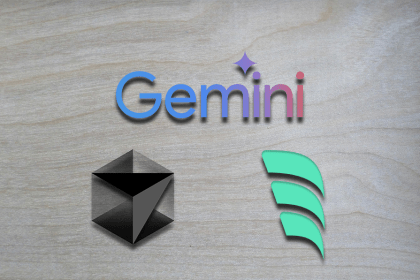
Not sure if low-code is right for your next project? This guide breaks down when to use it, when to avoid it, and how to make the right call.

Compare Firebase Studio, Lovable, and Replit for AI-powered app building. Find the best tool for your project needs.

Discover how to use Gemini CLI, Google’s new open-source AI agent that brings Gemini directly to your terminal.

This article explores several proven patterns for writing safer, cleaner, and more readable code in React and TypeScript.
6 Replies to "Dependency injection in Vue: Advantages and caveats"
Hey! Vue provide variables can be reactive with vue3 composition api. The ref method activate this ability.
Thanks Ismail.
Why would you need to inject dependencies when you have Vuex? The prop drilling example is easily mitigated with state management.
While Vuex can mitigate prop drilling, it is worth noting that it can be an overkill and added complexity for small to medium Vuejs applications.
With dependency injection, DurryComponent would receive the wallet from RexComponent without passing through TomComponent and PeterComponent.
Actually no. The dependency will traverse the entire descendant tree and will be available to any nested components. That’s the main problem with vue di. You can’t control the di process.
Hi Predi, actually that illustration was a quick comparison between dependency injection and prop drilling. With DI we don’t have to pass the values manually like we do with props. I will provide some updates for more clarity. Thanks!